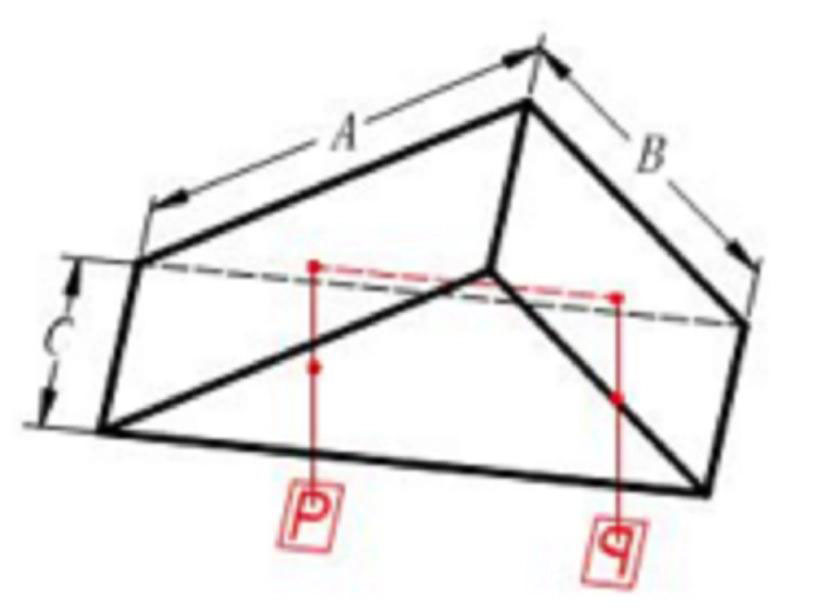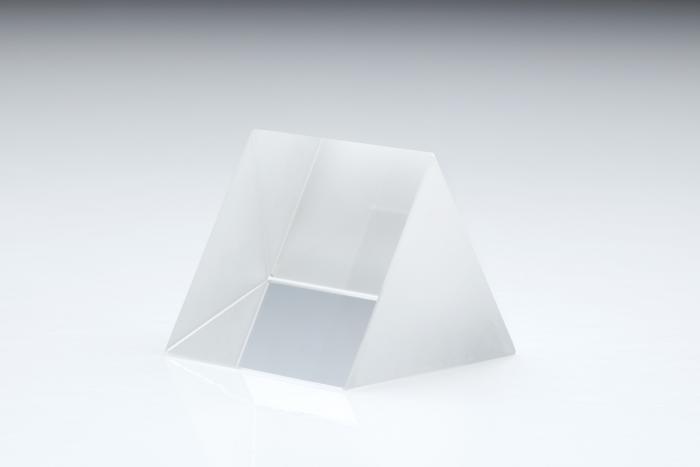
Right angle prisms are usually used to turn the optical path or deflect the image formed by the optical system by 90 °. According to the different orientation of the prism, the imaging can be consistent from left to right and reversed from top to bottom, which is different from left to right. Right angle prism can also be used in image combination, beam offset and other applications.
Right angle prism: it is one of the basic functions of right angle prism to efficiently reflect the internal light by using the characteristics of critical angle.
Product introduction of right angle prism
Right angle prisms are usually used to turn the optical path or deflect the image formed by the optical system by 90 °. According to the different orientation of the prism, the imaging can be consistent from left to right and reversed from top to bottom, which is different from left to right. Right angle prism can also be used in image combination, beam offset and other applications.
When a right angle prism is used, it is usually plated with some optical film. The right angle prism itself has a large contact area and a typical angle of 45 ° and 90 °. Therefore, compared with ordinary mirrors, the right angle prism is easier to install and has better stability and strength to mechanical stress. They are the best choice of optical components for various devices and instruments.
Working principle of right angle prism
Fig. 1 (a) is a state in which the light of the plane mirror is vertically incident, and the light returns from the original path; When the light is in pitch or azimuth α When the incident angle is 2, the light becomes α Angular reflection, see Figure 1 (b). When α When the angle is large or the distance between the reflector and the collimator is far, the reflected light cannot enter the objective lens of the collimator and cannot receive the reflected light; When only part of the reflected light can enter the objective lens, the reflected image will darken. To solve this problem, we need to increase the luminous aperture of the collimating instrument, and increasing the aperture means that the cost increases, the volume and weight of the instrument increase, and it is inconvenient to use. Figure 1 (c) shows the case where the right angle prism is used as the reflector and the light is incident vertically. When the light returns in parallel, θ The angle is 45 °, when the light is α In case of angular incidence, see Fig. 1 (d). In the parallel light path, the incidence angle to the normal of the reflecting surface 1 is θ+α, Optical line assembly θ+α The incident angle to the normal of the reflecting surface 2 is θ-α, Optical line assembly θ-α Exit angle, therefore α Angle, that is, the outgoing light is still parallel to the incident light. With large incident angle α And α When the angle changes, the outgoing light is still parallel to the incident light, and the reflected image can be obtained, and the reflected image does not move in the pitch direction. Therefore, the right angle prism is a unidirectional sensitive mirror. Using the right angle prism as the reflector has the characteristics of unidirectional sensitivity, but its manufacturing and installation requirements are very high. Manufacturing: the error of 90 ° ridge angle will produce double images in pitch direction; The flatness error of the two reflecting surfaces, especially the bending of the longer right angle prism, will cause the azimuth error when using different parts of the prism; Installation: ensure the levelness of the edge line of the right angle prism, otherwise the azimuth error will be caused during oblique aiming. The levelness of the edge line of a right angle prism is a special optical characteristic when the right angle prism is used as a reflector.
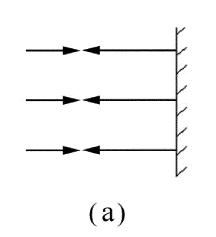
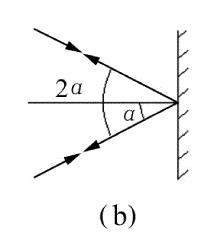
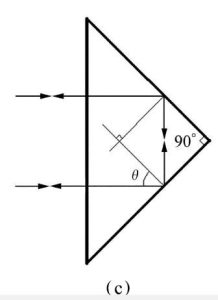
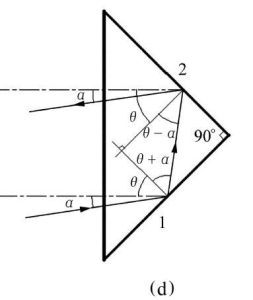
Classification and characteristics of right angle prism
UV fused quartz right angle prism
Uncoated (185 nm – 2.1 µ m). If you need higher transmittance in UV band or lower coefficient of thermal expansion, you can choose UV fused quartz right angle prism. UV grade fused silica has high transmittance in deep UV and almost no laser-induced fluorescence (measured at 193 nm), so it is an ideal choice for UV to near-infrared applications. For a given wavelength, the refractive index of UV fused quartz is smaller than that of n-bk7.
N-bk7 right angle prism
Uncoated (350 nm – 2 µ m), if you do not need the additional advantages of fused quartz, you can choose n-bk7 right angle prism. N-bk7 has excellent transmittance in the visible and near-infrared parts of the spectrum. In addition, n-bk7 is a viable option for UV applications with wavelengths as low as 350 nm. If the application requires the highest transmittance, please check the n-bk7 prism plated with antireflection film below.
The ps911k blade prism has similar performance to the standard n-bk7 right angle corner, but there is an accurate 90 ° included angle without blunt edge between the two right angle surfaces of ps911k. This means that the optical aperture can extend to the whole surface, so it is an ideal choice for applications requiring larger optical aperture. It also has better surface flatness and optical quality.
Calcium fluoride right angle prism
Uncoated (180 nm – 8 µ m), calcium fluoride right angle prism can be selected for applications requiring high transmittance in the wavelength range of 180 nm to 8 µ M. Calcium fluoride material has low refractive index, ranging from 1.35 to 1.51 in the wavelength range of 180 nm to 8 µ m, and also has a very high laser damage threshold. Calcium fluoride is also quite chemically inert and has superior hardness compared with fluorides such as barium fluoride, magnesium fluoride and lithium fluoride.
Zinc selenide right angle prism
Uncoated (600 nm – 16 µ m), zinc selenide is an ideal optical material for use in the range of 600 nm to 16 µ m. It is characterized by low absorption (including red light band in visible light) and good heat shock resistance. Zinc selenide is very suitable for carbon dioxide lasers operating at 10.6 µ m, including carbon dioxide lasers aligned with helium neon lasers.
Gloves should be worn when handling optical elements. This is particularly important when you use zinc selenide, which is toxic. For your safety, please follow all specific precautions, including wearing gloves when taking the prism and washing hands thoroughly after use. Due to the low hardness of zinc selenide, care needs to be taken to avoid damaging these prisms.
Germanium right angle prism
Uncoated (2 – 16 µ m), germanium is suitable for infrared applications because of its wide transmission range (2 – 16 µ m) and opaque in the visible spectrum. This material is inert to air, water, alkali and acid (except nitric acid). The transmittance of germanium is greatly affected by the temperature. Germanium is almost opaque at 100 ° C and completely opaque at 200 ° C.
Wear gloves when you take the optical element. This is especially important when you use germanium, because germanium materials are toxic. For your safety, please follow all reasonable precautions, such as wearing gloves when taking out the prism and washing hands completely after use.
End

